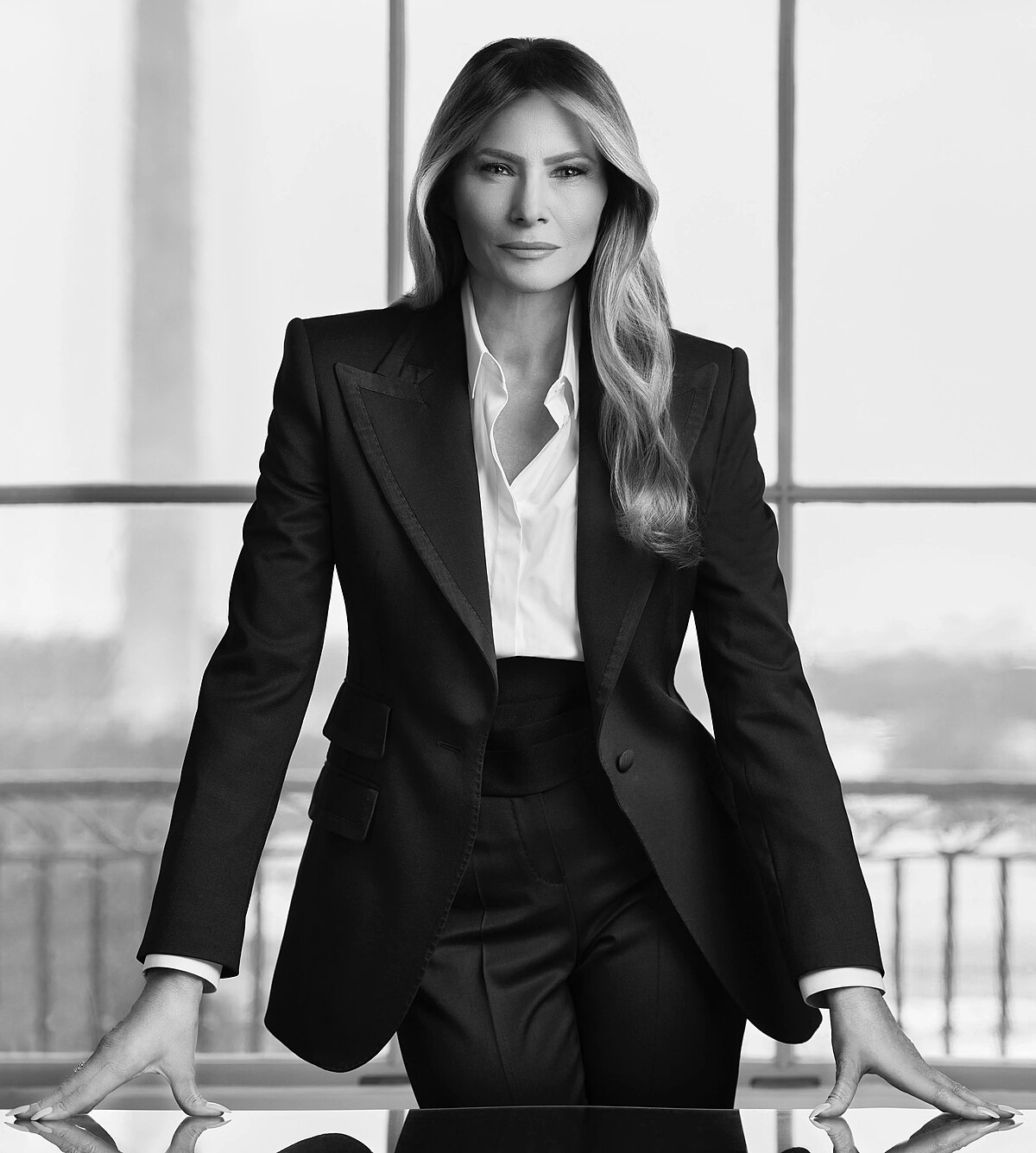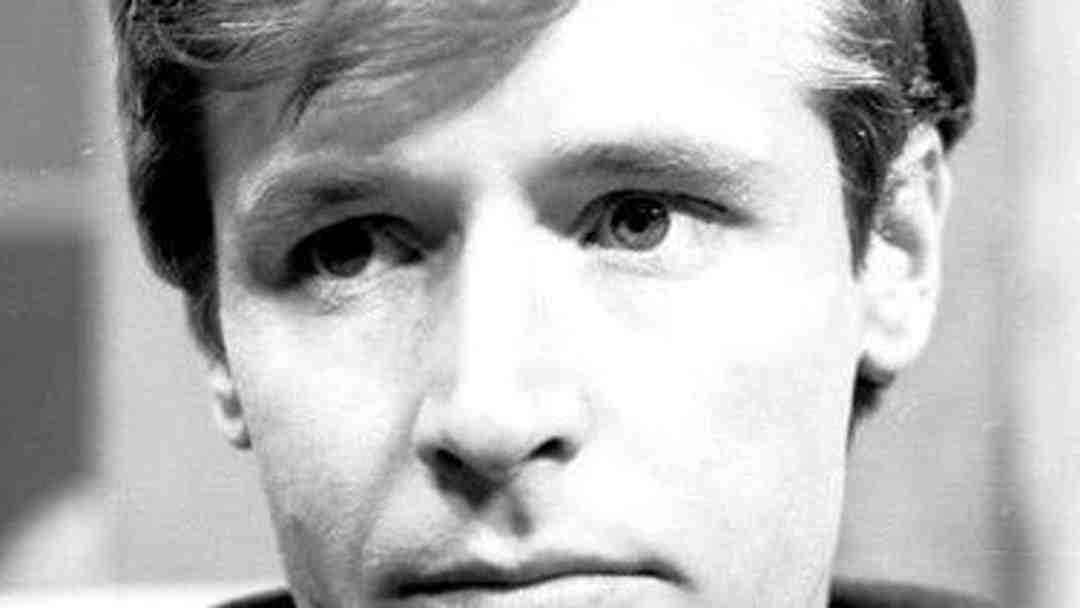
Introduction
Melania Knauss, the former First Lady of the United States, has continued to capture public attention long after her husband’s presidency. Initially recognized for her role as a model and businesswoman, Melania’s journey has sparked discussions about the evolving role of First Ladies and their impact on society. Her experiences are not only relevant in political contexts but also resonate in the cultural landscape, making her an intriguing figure to examine.
Background and Rise to Prominence
Born on April 26, 1970, in Slovenia, Melania Knauss’s early life saw her moving to New York City in the late 1990s to pursue a modeling career. She quickly rose to fame, appearing in various international campaigns and magazines. It was during this time that she met Donald Trump, marrying him in 2005. Through her marriage, she transitioned into the public eye, eventually becoming First Lady when her husband assumed office in January 2017.
As First Lady
During her time as First Lady, Melania focused on several key initiatives, particularly her “Be Best” campaign, which aimed at promoting well-being, social media responsibility, and opioid abuse prevention among children. Despite facing criticism for her silence on various political issues, she often emphasized the importance of compassion and kindness.
Her fashion choices also received widespread media attention, as she often wore outfits that sparked discussions about her style and the messaging behind her ensemble choices. Notably, her approach to the role of First Lady contrasted with that of her predecessors, who often took more overt political stances.
Current Relevance
As of 2023, Melania Knauss remains a pivotal figure in discussions about the influence of First Ladies. Her poised and private approach to life in the public eye reflects a shift in how the role is perceived in contemporary America. While she has distanced herself from the political spotlight, her influence continues through social media and advocacy work.
Recent reports suggest that she is involved in various charitable activities and has taken steps to establish her own brand post-White House, hinting at a potential future in business or philanthropy. The public’s perception of her remains complex, as many continue to debate the legacy she has built over the years.
Conclusion
Melania Knauss’s journey from a small town in Slovenia to the White House exemplifies the multifaceted roles women can assume in public life. As discussions about the responsibilities and expectations of First Ladies continue to evolve, Melania’s experiences serve as a fascinating case study. Whether through her advocacy or business ventures, she remains a significant figure, prompting considerations of how future First Ladies may navigate their roles in a changing socio-political landscape.
You may also like

Remembering Matthew Perry: A Look at His Life and Legacy

The Enduring Legacy of James Madison
